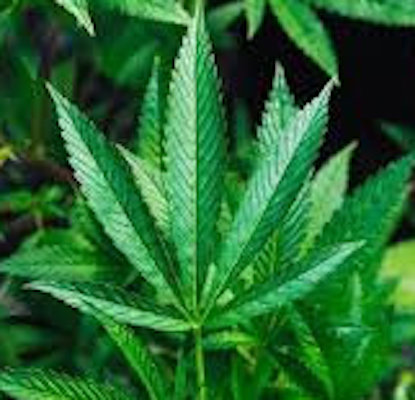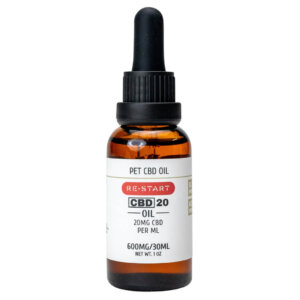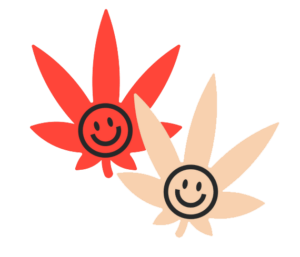We Ship Nationwide* $8.50 Flat Rate USPS Priority Shipping!

Cannabis through the Ages: A Historical Basis of a Plant
Hemp is among the oldest industries on the planet, going back more than 10,000 years to the beginnings of pottery. The Columbia History of the World states that the oldest relic of human industry is a bit of hemp fabric dating back to approximately 8,000 BC.
Medicinal cannabis hemp have been an integral part of American history. Follow the evolution of cannabis hemp from our founding fathers to prohibition in the 1930s and reviewing the current legislations, state-by-state. Learning about the history of this plant shows why cannabis is a natural remedy that health care professionals should be familiar with.
In the 1600s, hemp and hemp seeds were introduced to North America from China and became an important agricultural crop.
Hemp was an important fiber source for grain bags, rope, wagon covers, and clothes. Hemp seed oil was important in the production of ink, paints, varnishes and lamp oil.
Presidents Washington and Jefferson both grew hemp. Americans were legally bound to grow hemp during the Colonial Era and Early Republic.
The rise of tobacco and cotton in the mid-1800s led to a decline in hemp production, and as hemp production diminished into the twentieth century, its THC content began to increase when it began to crossbreed with its southern Asian cousin.
In 1937, Congress passed the Marihuana Tax Act which effectively began the era of hemp prohibition. The tax and licensing regulations of the act made hemp cultivation difficult for American farmers. The chief promoter of the Tax Act, Harry Anslinger, began promoting anti-marijuana legislation around the world.
Then came World War II. The Japanese attack on Pearl Harbor shut off foreign supplies of “manila hemp” fiber from the Philippines. The USDA produced a film called “Hemp For Victory” to encourage U.S. farmers to grow hemp for the war effort. The U.S. government formed the War Hemp Industries Department and subsidized hemp cultivation. During the war, U.S. farmers grew about a million acres of hemp across the Midwest as part of that program.
After the war ended, the government quietly shut down all the hemp processing plants and the industry faded away again.
The psychoactive component of marijuana, THC, was not identified as such until the 1960s, at which point industrial hemp and high-THC varieties were indistinguishable.
Cannabis has been shown to be effective for several ailments including pain, sleep apnea, seizures, multiple sclerosis, Chohn’s disease, glaucoma, and chemotherapy-induced vomiting and nausea.
As of June 2018, the U.S. Food and Drug Administration (FDA) approved a drug containing CBD to reduce seizure occurrences in epilepsy. Shortly afterwards, the FDA approved pharmaceuticals containing CBD and less than 0.1% of THC. Other drugs containing synthetically derived active ingredients such as dronabinol and nabilone (which has a chemical structure similar to THC) are available to treat anorexia associated with weight loss among AIDS patients.
The Hemp Farming Act of 2018 was a proposed law to remove hemp (defined as cannabis with less than 0.3% THC) from Schedule I controlled substances and making it an ordinary agricultural commodity. Its provisions were incorporated in the 2018 United States farm bill that became law on December 20, 2018.
Austin, TX – Gov. Greg Abbott signed HB 1325 into law, allowing Texas farmers to grow hemp commercially and making Texas the 45th state to approve hemp farming.
TDA anticipates beginning the application process in early 2020. Until the TDA’s state plan has been approved by USDA and the Texas administrative rules have been adopted by TDA (which govern the program), it is not legal to grow hemp and licenses to grow hemp will not be issued.
Become a Texas Cannabis Advocate
SIGN UP FOR THE RESTART ROUNDUP:
FOR EXCLUSIVE DISCOUNTS, FREE SAMPLES, CANNABIS ADVOCACY, EDUCATION, & SO MUCH MORE.

2521 Rutland Dr #150A
Austin, TX 78758
(512) 843-7223
Mon-Sat 10am-7pm
Closed Sunday
Curbside Pickup & Delivery

Pick-up Location only @ Progressive Insurance
13402 Anderson Mill Rd
Cedar Park, TX 78613
(512) 817-4537
Mon-Fri 10am-5pm
Curbside Pickup
© RESTART LLC SINCE 2018-2024 • TERMS OF SERVICE • STORE POLICIES • PRIVACY POLICY • RETURNS & EXCHANGES